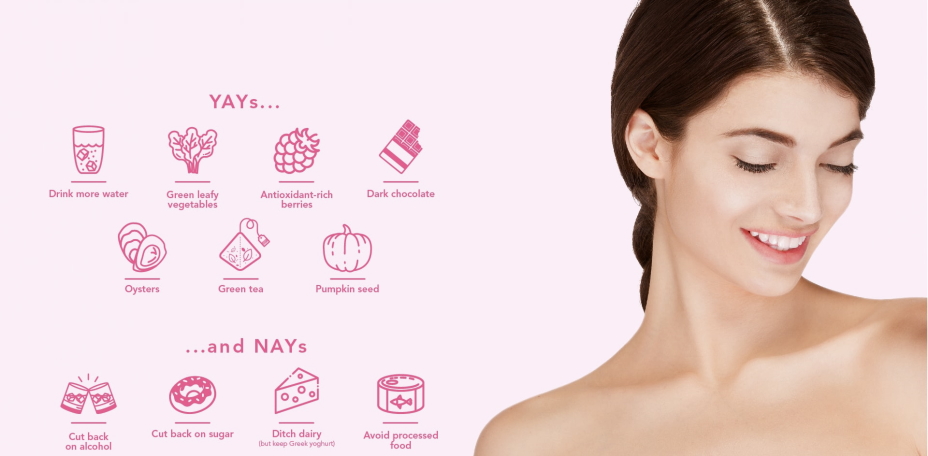
Sticking to anti-acne diet
While studies on the correlations between nutrition and acne are both inconclusive and controversial, the majority of researchers agree that a high glycaemic index and too much dairy can exacerbate acne breakouts. A debate is also underway on the possible influence of other foods and the way of getting rid of acne by eating healthier.
What is the connection between acne and diet?
Nutrition and practicality state that a balanced, healthy, sticking a diet to get rid of acne happens to be the significant part to a healthy body and skin. Try to eat a variety of foods, and write down (some dermatologists call this keeping a “skin diary”) foods that you think are causing blemishes or making your acne-prone skin worse.
What foods should you eat / avoid to help my acne-prone skin?
Many of the scientists trust that “some studies use to be of adequate scientific eminence for allowing therapeutic references. It’s also important to remember that your skin is as unique as you are. Different people may therefore react to food differently, and therefore what worked for one person may not work for another.

Here are some suggestions that it is advisable to test:
A low glycaemic index diet
Try replacing foods that have a high glycaemic index (for example, processed foods like white sugar, white bread, sweet foods, potatoes, white rice) with foods with a moderate or low glycaemic index that will release sugar more slowly (eg legumes – beans and lentils – and whole grains, some fruits and vegetables).
Reduce consumption of dairy products
If your skin is blemish, you might try reducing your intake of dairy products (milk, buttermilk, butter, yogurt, curds, cheese, and ice cream) to see if this can have a positive effect on your skin in your sticking to anti-acne diet.

Reduce the chocolate
No conclusive research is available on the link between chocolate and acne, but chocolate is often accused of causing the appearance of blemishes. Chocolate is high in sugar and therefore has a high glycaemic index, and in addition to sugar, milk chocolate also – obviously – contains milk which can also trigger acne. If you can’t imagine going without chocolate, try dark chocolate. Although this is not proven, it is possible that dark chocolate – which contains more antioxidants and less milk – is therefore less comedogenic.
Eat more omega-3 fatty acids
Omega-3 and Omega-6 fatty acids are both essential fatty acids essential for the good health of your body. What is especially important is the relationship between the two as it helps modulate inflammation.
Ensure your body is receiving the antioxidants it requires
Free radicals and oxidation can promote inflammation that is present at all stages of acne development, and antioxidants are effective in combating their negative effects. You will find more information on this subject in: scientific explanations on micro-inflammation.

